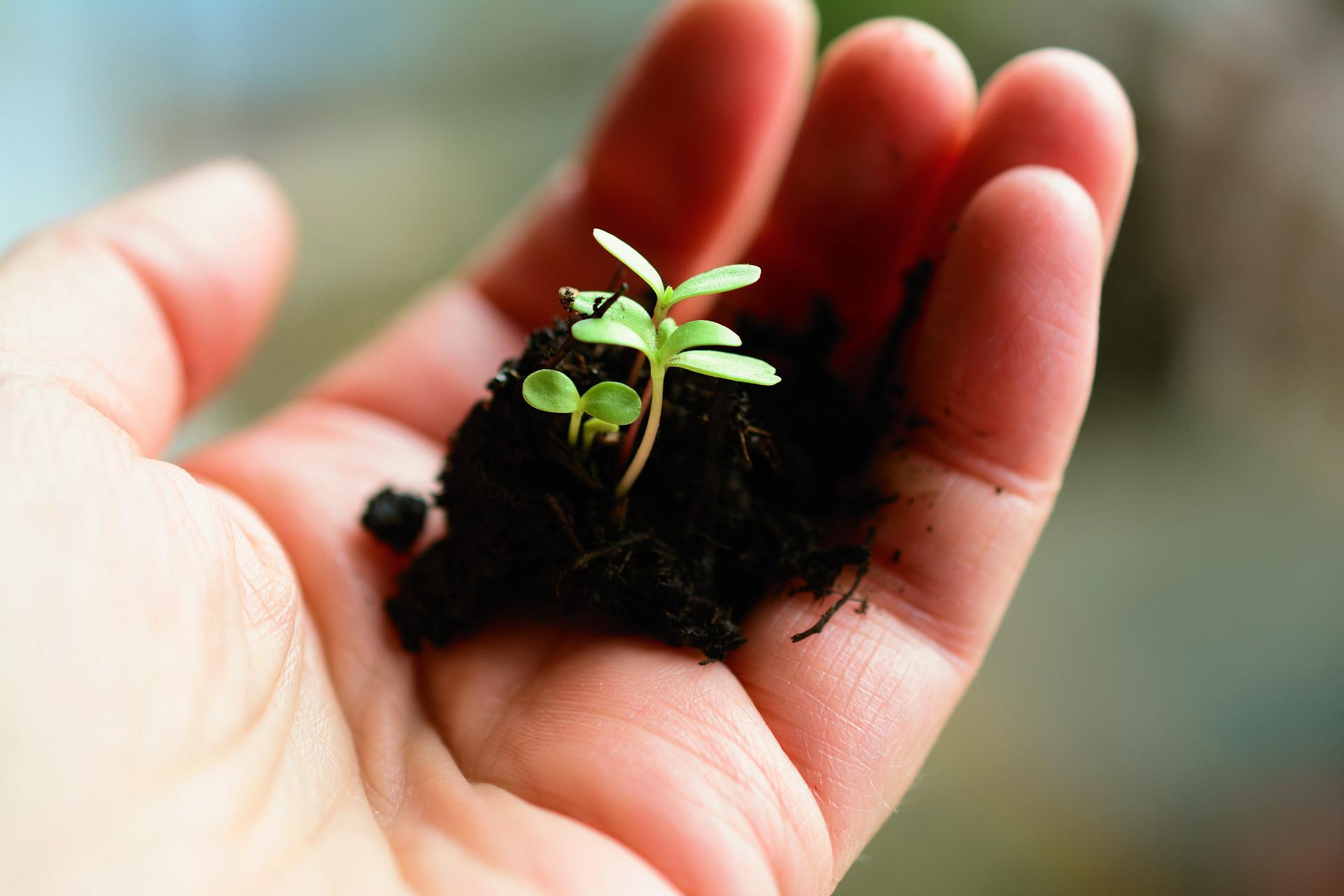The public sector still takes a major place in the global plant breeding efforts. Variety development started in Western Europe in the private sector and the public sector in that region focuses on breeding research only. In the USA breeding started in the public sector and for many crops is still done at Land-Grant universities; and in most developing countries, breeding of the major food crops is mainly done at national research institutes with support from international centres of the CGIAR. Private breeding could be considered a next development phase.
The CGIAR is still credited for the Green Revolution (and discredited by those pointing at negative outcomes at social and environmental levels) in the 1960s and 70s. Short straw wheat and rice, developed by CIMMYT and IRRI were indeed game changers. Farmer adoption was strongly supported by policies promoting farmer extension, subsidies and the promotion of farmer-to-farmer exchange of farm-saved seed. This was followed by massive investments by World Bank and UNDP in setting up public seed production schemes from which also official certification institutions emerged. The extension services were to distribute the seed to farmers. These public seed schemes invariably collapsed, and the extension systems fell victim to the Structural Adjustment Policies in the 1990s. That left CGIAR and the national breeders with a lack of outlet of their new varieties. Breeding without an effective seed production and distribution system, is quite a futile exercise. The CGIAR now realized that and started a new initiative ‘Seed Equal’ to promote seed initiatives that take the new public varieties to farmers. This still appears to fit in the idea that farmer adoption of new varieties either is caused by lack of access to seed or by lack of understanding of the value of these new varieties. One may question whether the development of seed production and distribution systems can best be done by researchers, but any support in this direction is welcome.
But are farmers that do not adopt a new variety always conservative, or could there also be something wrong with the varieties themselves? During a recent FAO conference Ian Barker, head of “Seed Equal” bravely confirmed that public breeding has a challenge in knowing what farmers actually need, and that private breeders are better at this. The disappearance of effective public extension services left public breeders in many countries also without a clear link with the actual farmers’ needs. This exacerbated the already existing problem of public breeders at the national level, that they actually depended quite a bit on objectives set in the CGIAR centres that may or may not coincide with priorities at the national level.
Another big challenge breeders in the public sector is that they are working in a research environment. Researchers are primarily valued on the basis of their publications. Breeders are a special breed of researchers, they should produce varieties rather than publications. This is valid for public breeders both at international and national research institutes. National level breeders are thus commonly appraised on the number of varieties that are formally released, but not by their widespread use by farmers. This also provides for an explanation why maintenance breeding and overseeing the production of pre-basic and basic seed is a major issue. Maintaining your varieties, or even your predecessor’s varieties yield neither publications nor new releases, so why spend your time on it. And seed production does not fit in the task of a research organization anyway. In countries where a diverse seed production sector is active based on public varieties, basic seed provision can be a major bottleneck.
A simple answer would be: “why not leave it to the private sector?”. If private sector is just the next development phase, we might just rush that a bit. Private sector breeders know their customers, the farmers, through their sales network; they know how to value breeding programmes based on the seed sales and the strategic vision of future needs, and they make sure that sufficient good basic seed is available. And when they are supported by effective high-level breeding research, and responsive regulatory frameworks and quality control agencies, they can do the job much better. The answer to that question is not a simple yes. The reason is that the private sector can only work sustainably for customers. Customers are farmers who are willing and able to pay a price for the seed that includes a markup for the breeding and basic seed production efforts. This means that private breeding can only be done for seed products with a sufficient commercial potential (mainly maize and vegetables), and for farmers that have a ready market for their products. Seed production of self-fertilizing crops like legumes and most small grains, let alone vegetatively propagated cassava and sweet potato, may in the best case be done commercially at a local (national) level and at a price, that may pay for conditioning, transport, and sales plus a small margin, but not for the cost of breeding!
This means that in the private sector, we should not be dismissive of public sector breeding, instead we should be proud of the, often poorly paid, breeders at national research stations and support them where possible. And we could cooperate with them, not just to benefit from their knowledge of the farming systems in their countries and from the materials that may be adapted to such conditions, but also to share knowledge as respected colleagues! They have an important role to play in supporting agricultural development and food security, in particular in areas that we are unable to reach with our products. We have a lot of knowledge of the different areas of breeding and reaching farmers, but we have to be humble, and realise that we cannot supply the right seeds for over a billion farmers!













